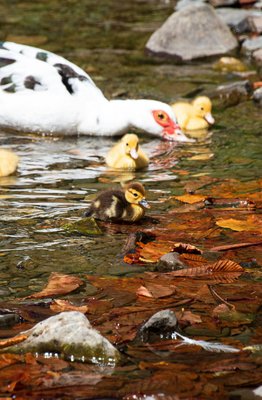This medieval fishing port on Spain's Cantabrian coast has a 13th-century castle, two Gothic bridges, and beaches bordered by the Picos de Europa mountains.
San Vicente de la Barquera sits on Spain's northern coast in Cantabria, where two tidal inlets meet under medieval stone bridges. You can climb to the 13th-century Castle of the King for views across the bay, walk along six different beaches, or explore the Gothic Church of Santa María de los Ángeles. The town lies within Oyambre Natural Park, and on clear days you can see the snow-capped Picos de Europa mountains rising 2,500 meters in the distance.
Getting to San Vicente de la Barquera
The town lies 40 minutes west of Santander by car along the A-8 motorway. Regular buses connect San Vicente to major northern Spanish cities - it's a 1.5-hour ride from Oviedo and 1 hour 45 minutes from Bilbao. The nearest airport is Santander-Seve Ballesteros, where you can rent a car or take a direct bus to the town.
Medieval Bridges and Town Center
Walk across the 28-arch Maza Bridge from the 16th century, which spans the estuary where local fishing boats anchor. The cobblestone streets in the old town lead up to the Castle of the King, a 13th-century fortress with a local history museum inside. Stop at the Church of Santa María de los Ángeles next door to see its Gothic nave and two Romanesque doorways with medieval stone carvings.
Beaches and Natural Areas
Six beaches stretch along the coast. Primera de San Vicente Beach has calm, shallow waters where families often swim, while surfers head to Merón Beach's 1.5-kilometer stretch for its wave breaks. Oyambre Natural Park covers 80% of the town's area - you can walk through salt marshes to spot coastal birds, climb sand dunes, or follow clifftop paths along the shore. The Picos de Europa mountains create a dramatic backdrop on clear days.
Local Food Scene
Fishing boats bring their catch to the port each morning, supplying the town's restaurants with fresh seafood. Many restaurants serve sorropotún, a fish stew made with local tuna and potatoes. The town's location between coast and mountains shows in its food - you'll find grilled fish on menus alongside cocido montañés, a hearty bean and pork stew from the Cantabrian highlands.
Walking Routes and Pilgrimage Path
Follow the yellow shells marking the Camino Norte (northern route of the Camino de Santiago) through the old town and across the medieval bridges. For shorter walks, take the PR-S.4 trail into Oyambre Natural Park or walk 5 kilometers to Punta de la Silla lighthouse, where you can look out across the Bay of Biscay.



















